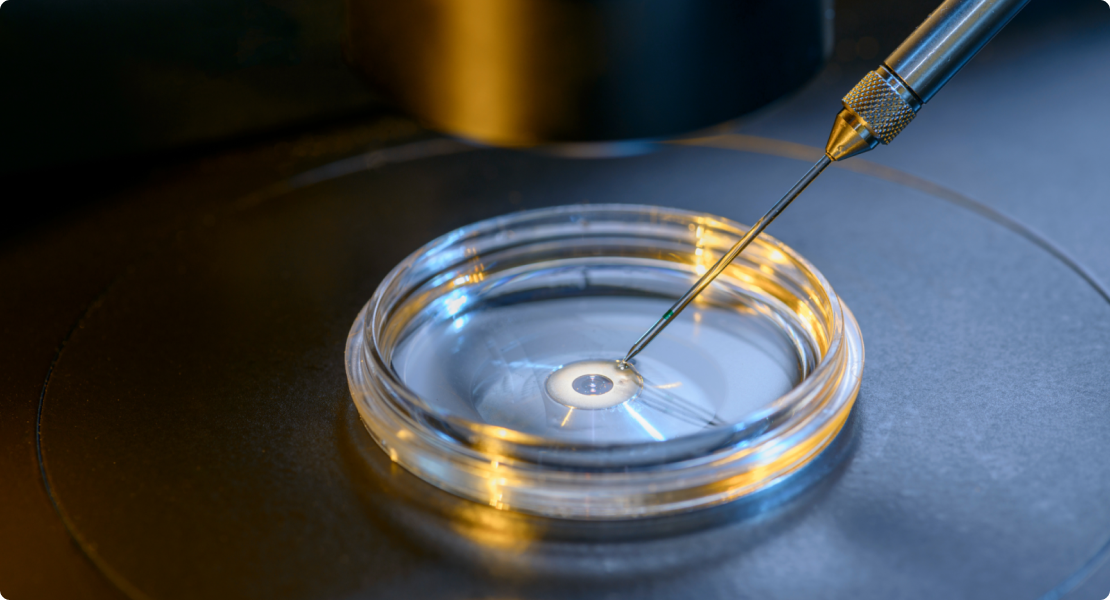Our Treatments

Fresh vs Frozen Embryo Transfer: What’s Right for You?
Dr. Abdul Basith’s clinic, both fresh and frozen embryo transfers are offered as part of IVF treatment to help couples achieve pregnancy. Fresh embryo transfer occurs within days of egg retrieval and fertilisation, where the embryos are placed into the woman’s uterus during the same cycle. This method is often recommended when the patient has a good ovarian response, and the uterine lining is prepared for implantation.
Frozen embryo transfer (FET) involves cryopreserving (freezing) viable embryos for use in a future cycle. Embryos are thawed and transferred into the uterus when the conditions are optimal, which could be months or even years after the initial IVF cycle. FET is a great option for couples who have leftover high-quality embryos after a fresh transfer or for those who wish to delay pregnancy for personal or medical reasons. With advances in cryopreservation technology, frozen embryo transfers have success rates comparable to fresh transfers.
One key advantage of FET is that the patient’s body has time to recover from ovarian stimulation, creating a more natural hormonal environment for embryo implantation. This can improve the chances of pregnancy in some cases. Additionally, frozen embryos can be genetically tested (PGS/PGD) before transfer, ensuring that only the healthiest embryos are used.
At Dr. Abdul Basith’s clinic, the decision between fresh and frozen embryo transfer is tailored to each patient’s individual needs and fertility goals. By offering both options with the highest standard of care, patients can have confidence in achieving the best possible outcome.
